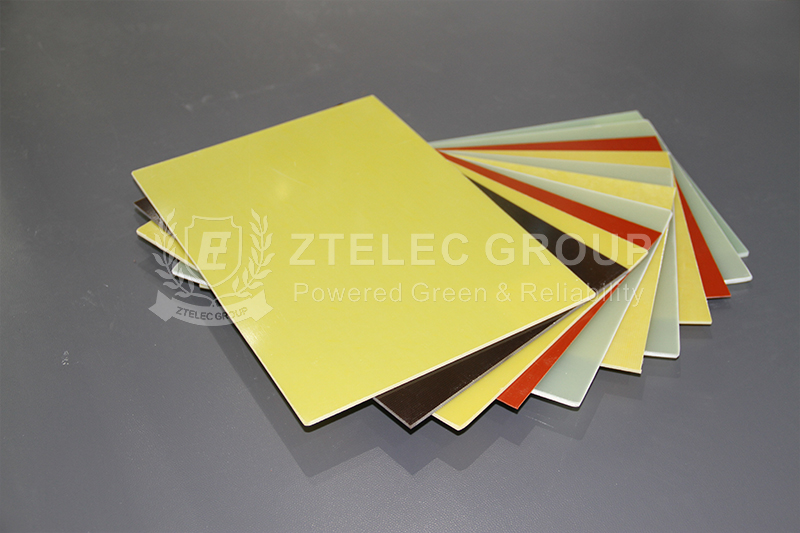Cost-benefit analysis of insulation materials is a key step in evaluating their economic performance and investment value.
The cost of insulation materials mainly includes the following aspects:
1. Material cost: The cost of the insulation material itself, which usually depends on the type, quality, quantity and market price of the material. For example, for the insulation layer of a cable, the material cost can be calculated based on the density of the insulation material (ρ), the unit length, the finished insulation quota amount (W), and the unit price of the material. The formula for calculating the rated amount of finished insulation per unit length (W) is: W=(D0+δ+Δ)×(δ+Δ) ×π×ρ×λ×N×β, where D0 is the outer diameter of the conductor before extruded insulation, δ is the nominal thickness of the insulation layer, Δ is the increase in thickness, ρ is the density of the insulation material, λ is the cable stranding coefficient, N is the number of insulated wire core, and β is the consumption coefficient of the insulation material.
2. Processing costs: Including cutting, molding, processing and other costs of insulation materials. This part of the cost is usually related to the efficiency of the processing equipment, labor costs, and the rate of loss during the processing.
3. Other costs: May include transportation costs, taxes, administrative costs, etc.

The benefits of insulation materials are mainly reflected in the following aspects:
1. Improve equipment performance: Good insulation materials can reduce energy loss and improve the efficiency and performance of equipment. For example, in the power system, high-quality insulation materials can reduce leakage and short circuit phenomenon, improve the stability and safety of the power system.
2. Extend the life of the equipment: The insulation material has the effect of protecting the equipment from environmental erosion, thereby extending the service life of the equipment.
3. Reduce maintenance costs: The use of high-quality insulation materials can reduce the failure rate of equipment, thereby reducing maintenance costs.
1. Payback period: The cost-effectiveness of insulation materials can be assessed by calculating the payback period. The payback period refers to the time required from the beginning of the investment until the full cost of the investment is recovered. If the payback period is shorter, the cost effectiveness of the insulation material is higher.
2. Net Present Value analysis: Net present value (NPV) is the difference between future cash inflows and outflows discounted to the present value. If NPV is greater than zero, the investment in insulation materials is worthwhile.
3. Internal Rate of Return analysis: The internal rate of return (IRR) is the discount rate that makes NPV equal to zero. The higher the IRR, the more profitable the insulation.
1. Data accuracy: When performing cost-benefit analysis, it is necessary to ensure that the data used is accurate and reliable. This includes information such as the cost of insulation materials, performance parameters, and market demand.
2. Comprehensiveness: In addition to considering the cost effectiveness of the insulation material itself, it is also necessary to consider its impact on the entire system or equipment. For example, improvements in insulation may improve the overall performance and efficiency of the equipment, leading to greater benefits.
3.Risk analysis: In the cost-benefit analysis, the potential risk factors also need to be considered . For example, fluctuations in the market price of insulation materials, technological upgrading, etc., can have an impact on cost-effectiveness.
If you need our products please write down any questions, we will reply as soon as possible.
There are three ISO certificates for quality certification. The certificates will be shown later. ISO
After receiving the advance payment, the production cycle is 15-25 days. And the transportation cycle should be calcul……
We supply with installation guide and user manual for each transformer. If you do not understand them. We will offer v……